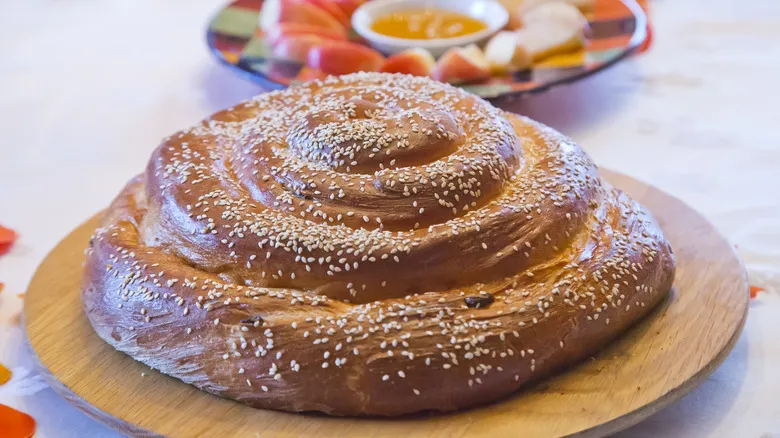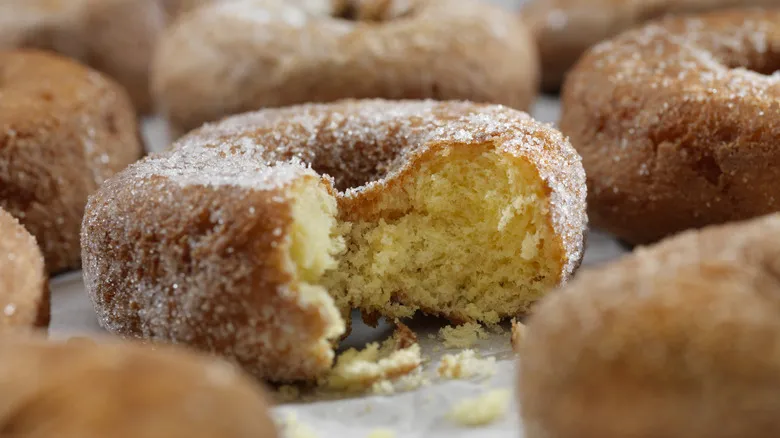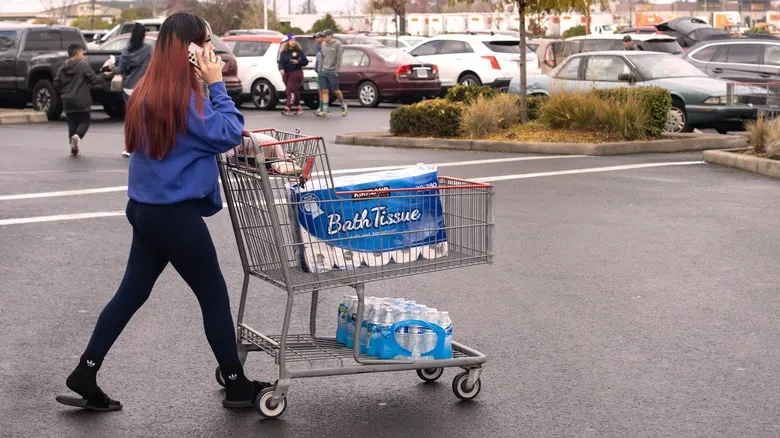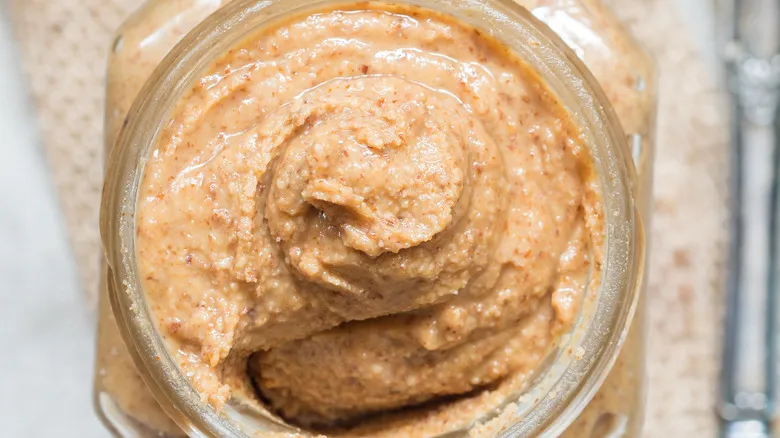The right yeast to use for homemade challah

Yeast is essential for nearly all types of bread, playing a crucial role in proofing the dough and influencing its final texture. There are two primary forms of yeast used in baking: fresh and dry. According to Amy Emberling, "Both types of yeast can be utilized, but not in the same amounts." Dry yeast is considerably more potent than fresh yeast. To substitute dry yeast for fresh, Emberling recommends multiplying the amount of fresh yeast by 0.40 to find the appropriate quantity of dry yeast. However, she notes, "Most home recipes are not designed for fresh yeast, so this typically isn't an issue."
Most challah recipes you encounter will specify dry yeast. The next question is, which type of dry yeast should you choose? Recipes may call for active dry yeast, which needs to be activated in warm water before being mixed into the dough, or instant yeast, which can be added directly to the dry ingredients. You can interchange these two types without adjusting the measurements, but using active dry yeast may extend the overall rising time. If your recipe specifies instant yeast and you only have active dry yeast, be sure to mix it with your wet ingredients first and allow it to bloom.
The right flour to use for homemade challah
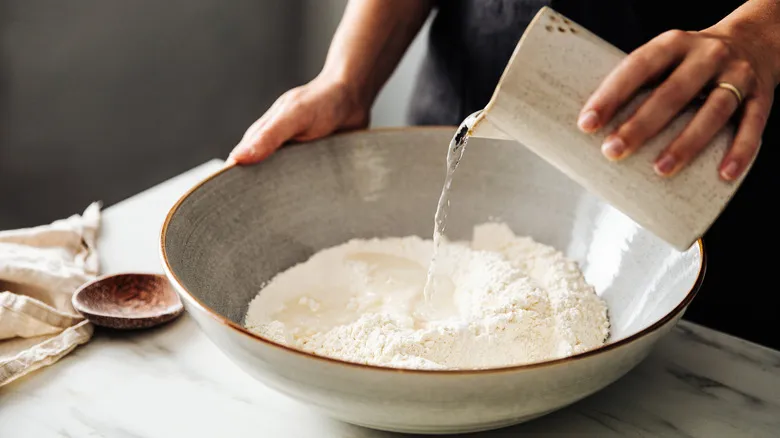
While most challah recipes typically use regular all-purpose flour, Amy Emberling emphasizes that there isn't a single "best" flour for making challah. It can be crafted using a variety of flour blends. She points out that bread flour isn't particularly beneficial for challah. Why is that? The key distinction between all-purpose flour and bread flour is that the latter produces more gluten in the dough, resulting in a light and chewy texture. This is ideal for items like baguettes or bagels, but not for challah, which should be dense and soft.
If you're interested in experimenting with different types of flour for your challah, Emberling suggests incorporating whole wheat flour. This addition will enhance the flavor, imparting sweet, nutty undertones. However, she advises against substituting more than 25% of the white flour with whole wheat during your first attempt at the recipe. Using too much whole wheat can lead to a drier dough and disrupt the balance between your dry and wet ingredients.
How to knead and proof challah for Rosh Hashanah
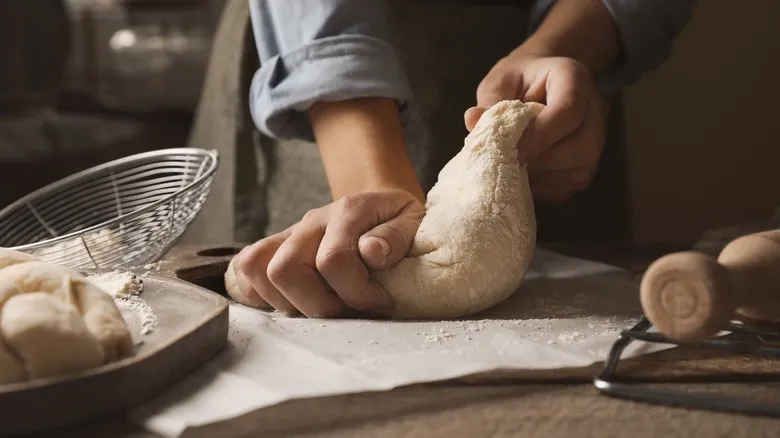
Proofing is often considered the most challenging part of baking bread, closely followed by kneading. Both processes require a good amount of time and patience. Traditionally, kneading is done by hand until the dough becomes smooth, which can take up to 15 minutes. For a quicker and less strenuous option, you can use a stand mixer, which typically takes just a few minutes. Both methods are effective, and Amy Emberling suggests, "Choose the method that you feel most comfortable with."
To achieve a proper rise for your homemade challah, Emberling recommends using the proofer setting on your oven. If your oven lacks this feature, there's no need to worry. "Keep your challah covered in an oiled container in a warm, humid area of your home," she advises. The ideal rising time will be specified in your chosen recipe, but it usually involves a two-stage proofing process. "Typically, the first rise lasts 1 to 1.5 hours, followed by pre-shaping the dough, allowing it to rest for 20 minutes, final shaping, and then proofing again for another 1.5 hours." A simple way to check if your challah is ready to bake is to gently press the loaf with your finger. If it leaves an indentation, the dough needs more time to rise; if it springs back, it’s ready for the oven.
How to shape and bake the perfect loaf
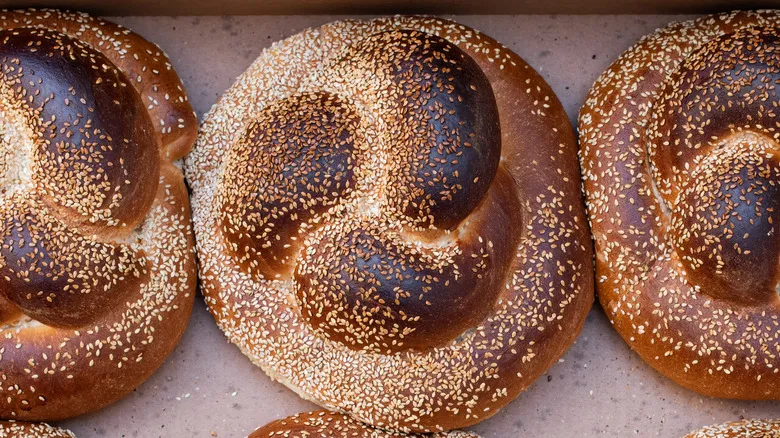
Challah can take on various forms depending on the occasion for which it is prepared. For the pilgrimage festivals of Sukkot and Shavuot, you might find ladder-shaped loaves, while bird-shaped loaves are typical for Yom Kippur. However, Rosh Hashanah is most commonly associated with round challah. This shape not only signifies the cyclical nature of time but also symbolizes a crown for God. Round challah is often referred to as keter challah, derived from the Hebrew word for "crown." When crafting a round challah, bakers can opt for a simple swirled design or, for those with more experience, a braided version. Amy Emberling advises that "the tighter the shape and the larger the amount of dough, the more proofing time may be necessary."
When it comes to baking challah, achieving the perfect crust is essential. "Challah should have a thin, delicate crust, rather than a chewy, thick one," Emberling explains. This characteristic makes it well-suited for home ovens. She notes, "The crust is most appealing when it has a light mahogany hue," which can be achieved with an egg wash. To create this wash, mix an egg yolk with a teaspoon of water and brush it over the top of the loaf (you may need additional yolks and water depending on the size of your challah). This technique will help you achieve the desired color and ensure the crust has the right texture.
Seasonal add-ins for challah
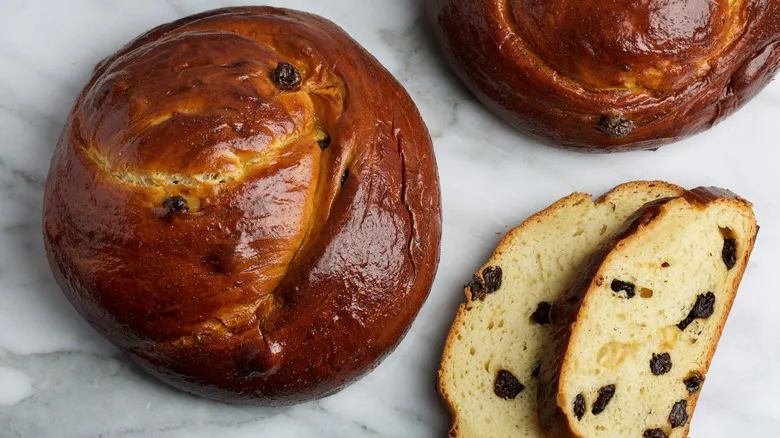
There are various ingredients you can incorporate into your challah to enhance its appeal. As Amy Emberling emphasizes, it's also a cherished holiday custom. "Including something sweet for a sweet new year is a traditional touch for a Rosh Hashanah challah," she explains. Raisins are a favored choice for the holiday, and Emberling mentions that Zingerman's Rosh Hashanah challah features rum-soaked raisins. Other dried fruits, like dates, as well as candied fruits, can also be delightful additions to a challah loaf.
Emberling suggests making the most of the seasonal fruits available in your area. For instance, apples are a typical autumn harvest in many parts of the United States, making them a fitting choice for a Rosh Hashanah challah. She recommends roasting the apples and adding some cinnamon and honey. Additionally, you can use seeds and spices to infuse flavor into your bread. Emberling points out that anise is a particularly fragrant option that will impart a warm, autumnal essence to the dough. Ultimately, it's about being mindful of the season and embracing the sweet flavors it offers.
Recommended
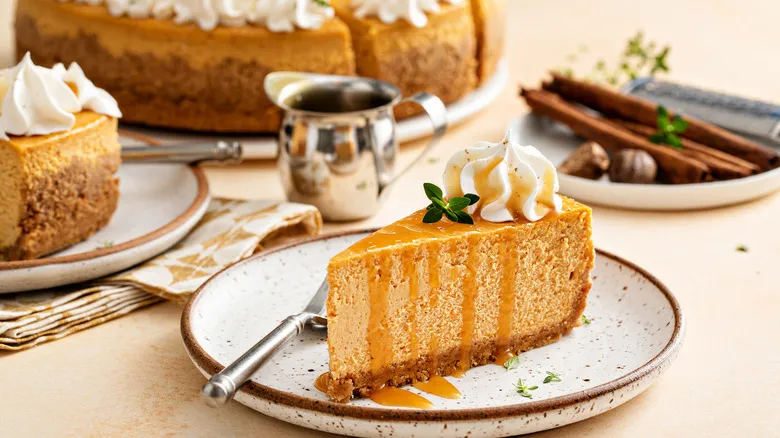
The Disastrous Mixing Mistake That Will Ruin Cheesecake
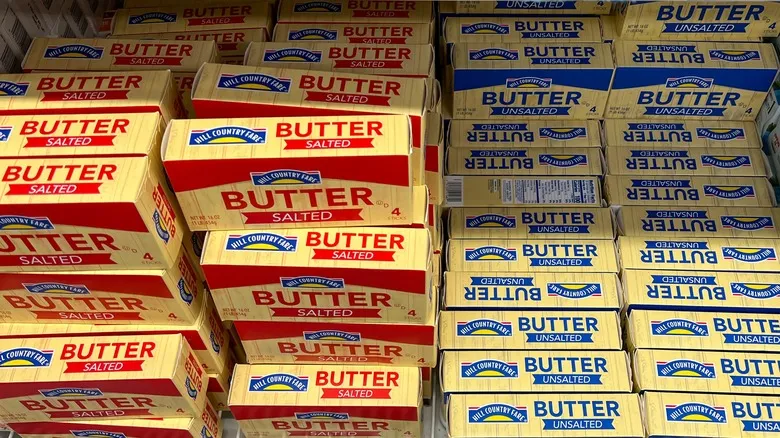
Salted Vs Unsalted Butter: How To Know Which One To Use For Baking
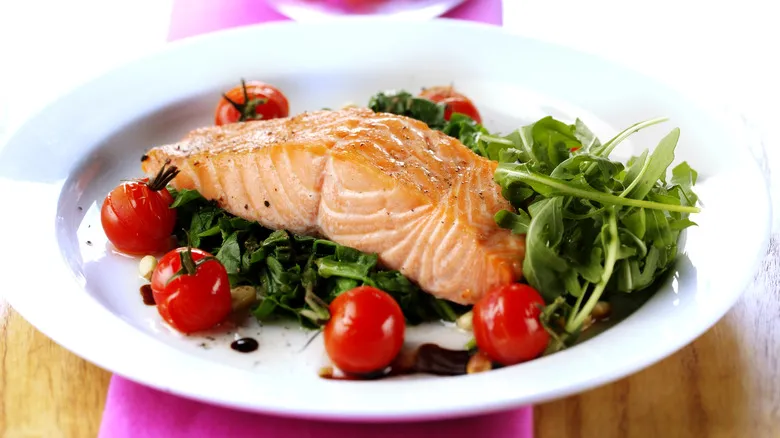
Salt Bake Your Salmon For Perfectly Flaky Results
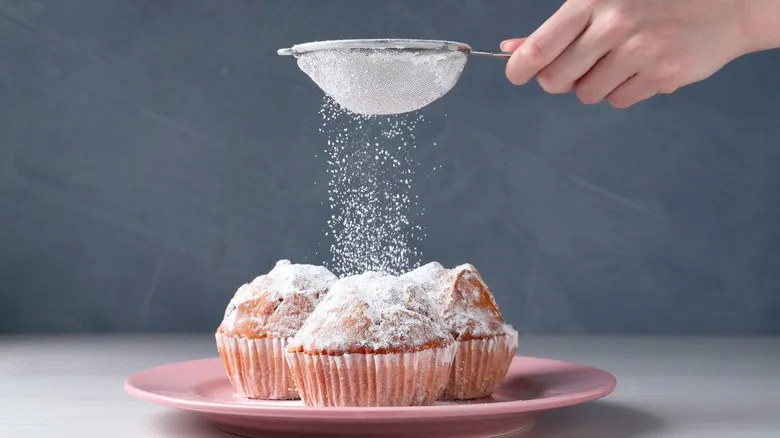
How To Easily Make Powdered Sugar At Home
Next up

